If we were to assemble a kit of log home building tools many of them would be the same tools required for conventional or stick-framed houses.
Most people who are contemplating building a log cabin for themselves using milled logs either already have these tools or are familiar with them. But log homes are unique and there are some specialized tools that will make your life easier.
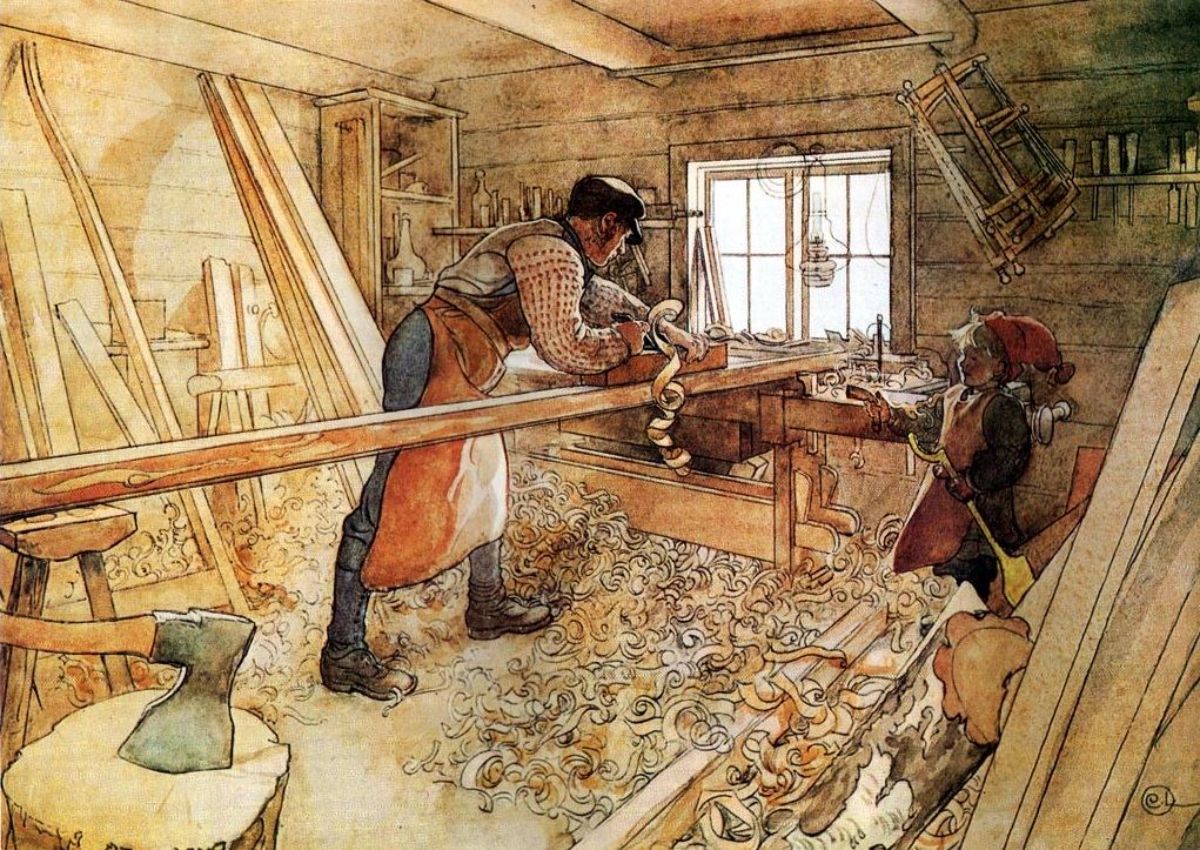
UNIQUE LOG HOME CONSTRUCTION TOOLS
There are several unique power and hand tools required for log home building. Tools are a great investment and you can't go wrong with buying the best.
Beam saw. The most popular of the log home building tools is the Makita 5402NA 16-5/16-Inch Beam Cutting Circular Saw. This pumped-up version of a circular saw has a cutting blade with a 16 5/16” diameter, capable of cutting 6 ¼” in one pass at 90 degrees. The 15-amp motor can handle nearly any cut thrown at it but it’s important to keep the carbide-tipped blade sharp and to take care to keep the cut straight or the blade can bind. I bought an extra blade so that I can always have a sharp one on hand.
Power planer. Even milled logs are uneven and often need to be fitted. A quick way to flatten a milled log with tongues and grooves is to rip it down with your Makita beam saw, then clean it up smooth with the power planer. Also good for knocking a high crown off of a floor joist. I happen to use a Makita 1912B 4-3/8 inch Planer but there are many other good planers available.
Chain saw. Still the best tool for working with round logs, quick removal of material and, in the right hands, even fine finishing. Electric chain saws work best for fine control but the cord is a hassle if power isn’t nearby. The most versatile saw is a gas-powered chain saw with a fairly short bar for easy control. I still prefer the Makita beam saw (see above) where perfectly smooth cuts are called for, like where two logs butt together.
Drawknife. A drawknife is the best way to remove bark from a log. We often cut our own logs for posts or mantles and use a 10" drawknife to clean up the surface. We cut and peel the bark early on, then let the logs sit undercover for several weeks to dry out.
Chisels. A good, sharp chisel can work wonders. A dull chisel is an accident waiting to happen. Timber framers use very large chisels called “slicks” to cut precise mortises and tenons. For log home building you need to get a set of high-quality chisels like this 4-piece set of Narex chisels made in the Czech Republic - you’ll never regret it. They come in four size sizes:
- 1/4" (6mm)
- 1/2" (12mm)
- 3/4" (20mm)
- 1-1/16" (26mm)
You’ll reach for these to do precisions cuts, for cleaning mortise and tenon joints, and for squaring off saw cuts.
Squire chain saw cutter. Made by King Arthur’s Tools, this cutter looks like a chain saw blade mounted on a 4 ½” angle grinder. Excellent, quick material removal but watch your fingers! Whether you're shaping stair railings, log support posts or fireplace mantles, this chain saw cutter will get it done in a hurry with excellent control.
Electric drill. For quick, solid assembly of log walls, a powerful electric drill/driver will sink log screws without slowing down. I like the DeWalt DWD210G 1/2-inch drill because it has a smaller profile making it easy to hold all day, yet still packs a solid 10-amp punch. When you consider that on an average 2000 square foot log home you will be driving 2000 log screws, you will appreciate the light weight after a long day.
The 1/2" drive chuck means that this electric drill can handle all the big bits you need to use, like large hole saws, paddle or spade bits, or 1" auger bits for drilling wiring chases through the logs.
Not only powerful, this drill is also balanced and comfortable enough to drive log screws all day without tiring you out.
Hole saw kit. A quality hole saw kit is essential to handle the custom building required in a log home. From drilling door handle cut-outs to custom sink drains, round outlet boxes to wiring runs, there are plenty of opportunities for a hole saw set that ranges from 3/4" to 5" diameter.
Other cabin building uses are for handcrafted log and twig railings, log furniture and countersinking bolts to cover with wooden dowel plugs.
Beam Cutter. This chain saw cutting blade attachment is called a Prazi PR7000 Beam Cutter. It attaches to your circular saw and allows you to make straight rip cuts for shaping your own beams. It fits on a 7 1/4" circular saw but needs to be installed on a worm-drive rather than a side cutter (see below).
Using this beam cutter set-up is much easier than setting up a jig to try and hold a chain saw in a straight line. It makes a great addition to your collection of log home building tools. It's a good idea to keep a spare beam cutter chain on hand so you can keep working while you are getting your dull blade sharpened.
Worm-drive circular saw. An ideal saw for the Prazi Beam Cutter (above) is this Skilsaw SPT77WML-01 15-Amp Worm Drive circular saw. In addition to that specific application, this workhorse will run all day cutting through thick beams and pressure-treated lumber.
Power Tenon Cutters. If you're building your own log or twig furniture or assembling any kind of structure such as counters or fire power tenon cutter.
The tenons you cut with these cutters will fit perfectly into an opposing hole drilled into the other piece. The resulting joint is strong and secure, with an interesting rustic look. The tenon cutters fit into an electric drill and come in various sizes, typically ranging from 5/8" to 2".
Chain Saw Mill. Many people have trees on their property that need to be cleared before they can build their log home. In addition to using this timber for logs, why not rip it down for lumber? Using a chain saw mill you can create beautiful planks that can be used for fireplace mantles, trim boards, countertops and furniture.
It's recommended that you use a ripping chain for your chain saw mill. This ripping chain has a special factory grind for making dimensional boards and planks from larger timbers by cutting parallel to the wood grain. It shouldn't be used for hand-held use because of its aggressive grind.
These are the primary log home building tools we’ve added to our arsenal. The rest of the tools are fairly standard construction tools and are essential. The extra log home building tools detailed at the top of the page allow us the precise control and size capacity we need to deal with large beams, timbers and logs.
More Log Cabin Building Pages:
Cabin Roofing Choices Your log cabin roofing choices will affect your budget and long-term enjoyment of your cabin.
Log Home Building School Learn practical ways to craft your dream at a log home building school.
Build a Log Cabin To build a log cabin means coordinating many aspects and prompt decision-making.
Cheap Hardwood Flooring Cheap hardwood flooring is available through my supplier, shipped anywhere in the country.
Build a Small Log Cabin How To Build a Small Log Cabin: Reprinted from December 1983 Popular Mechanics by Michael Chotiner with illustrations done by Harry Schaare.

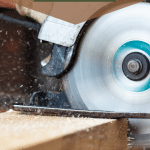
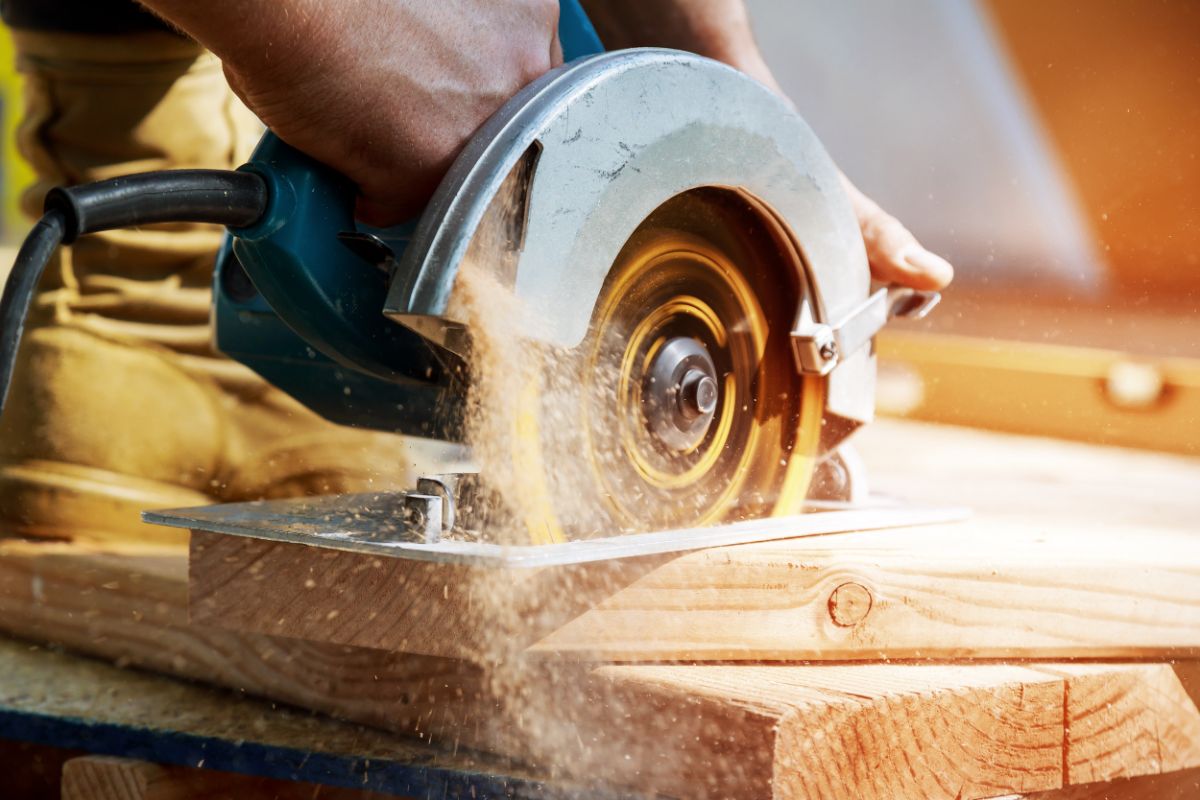
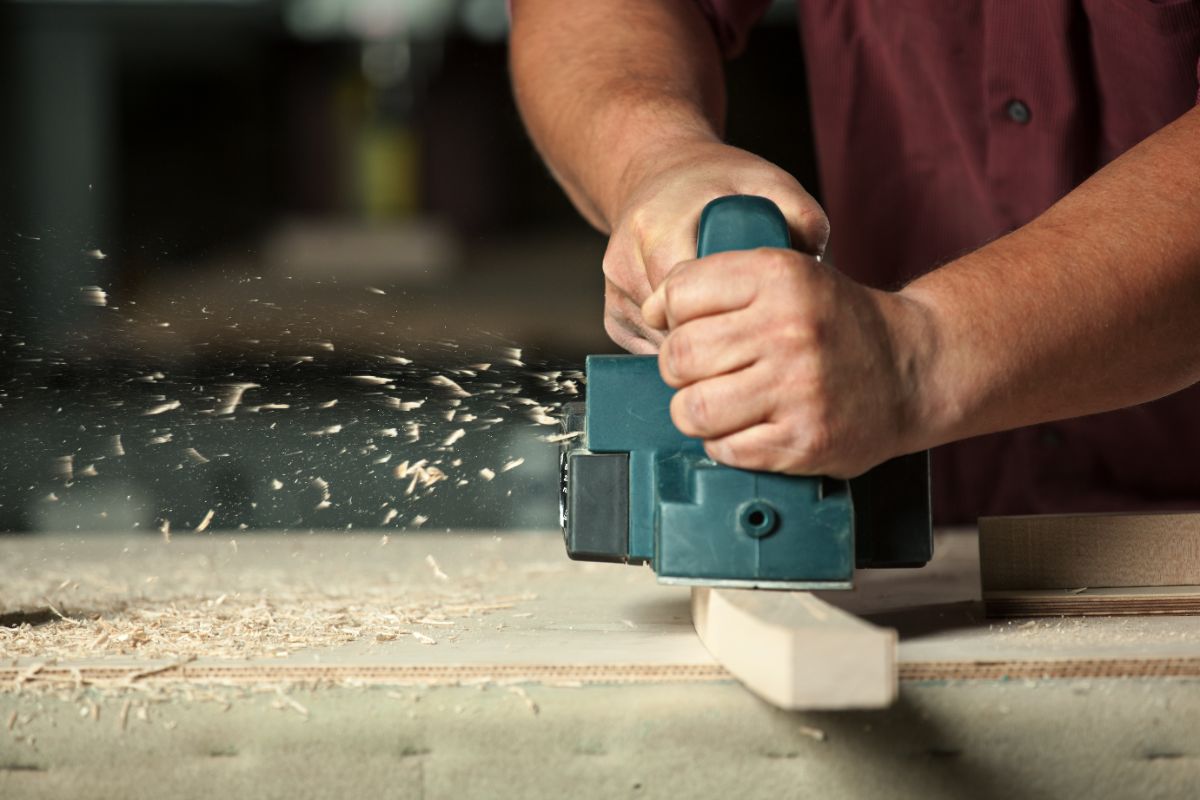
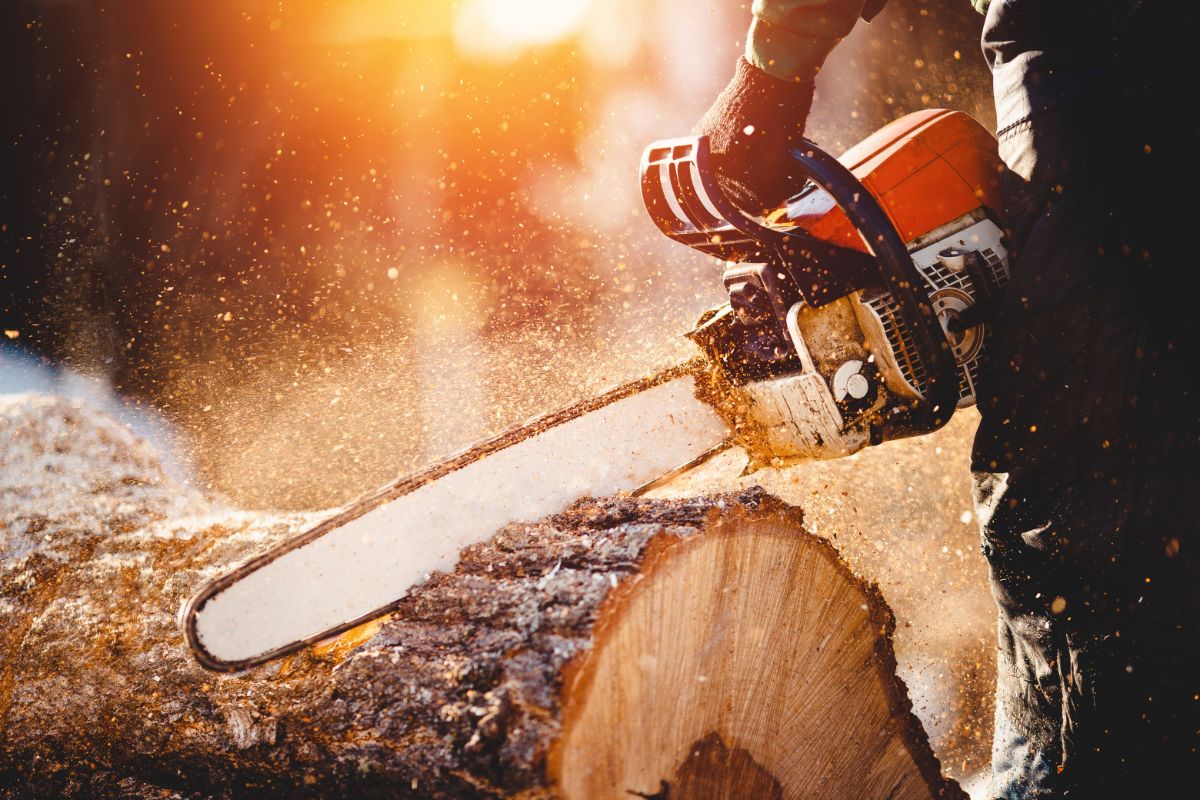
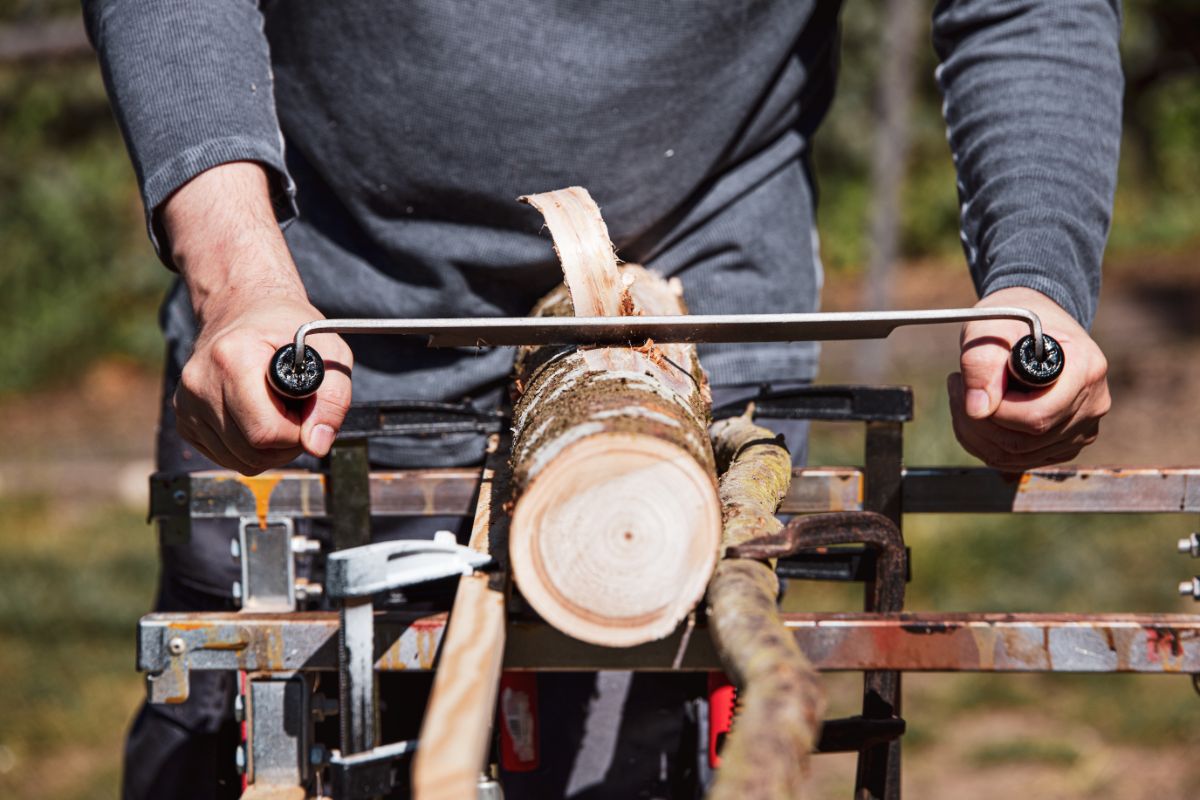
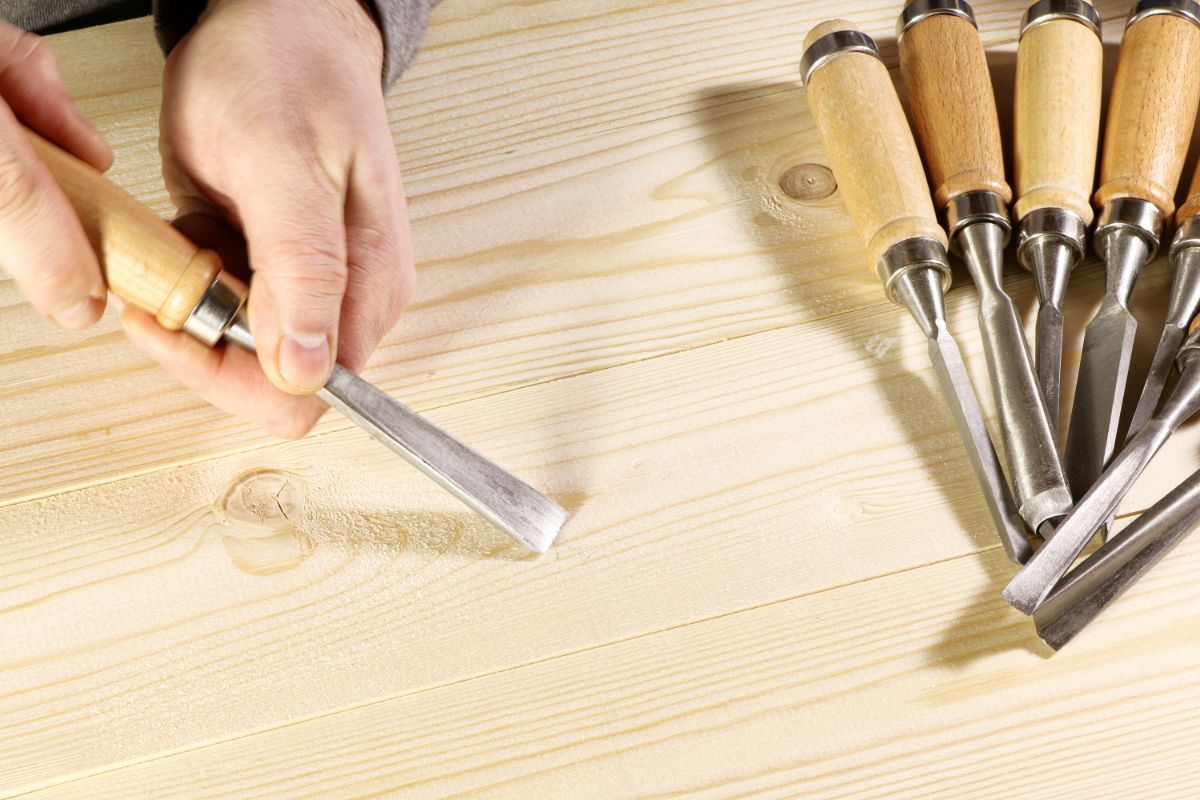
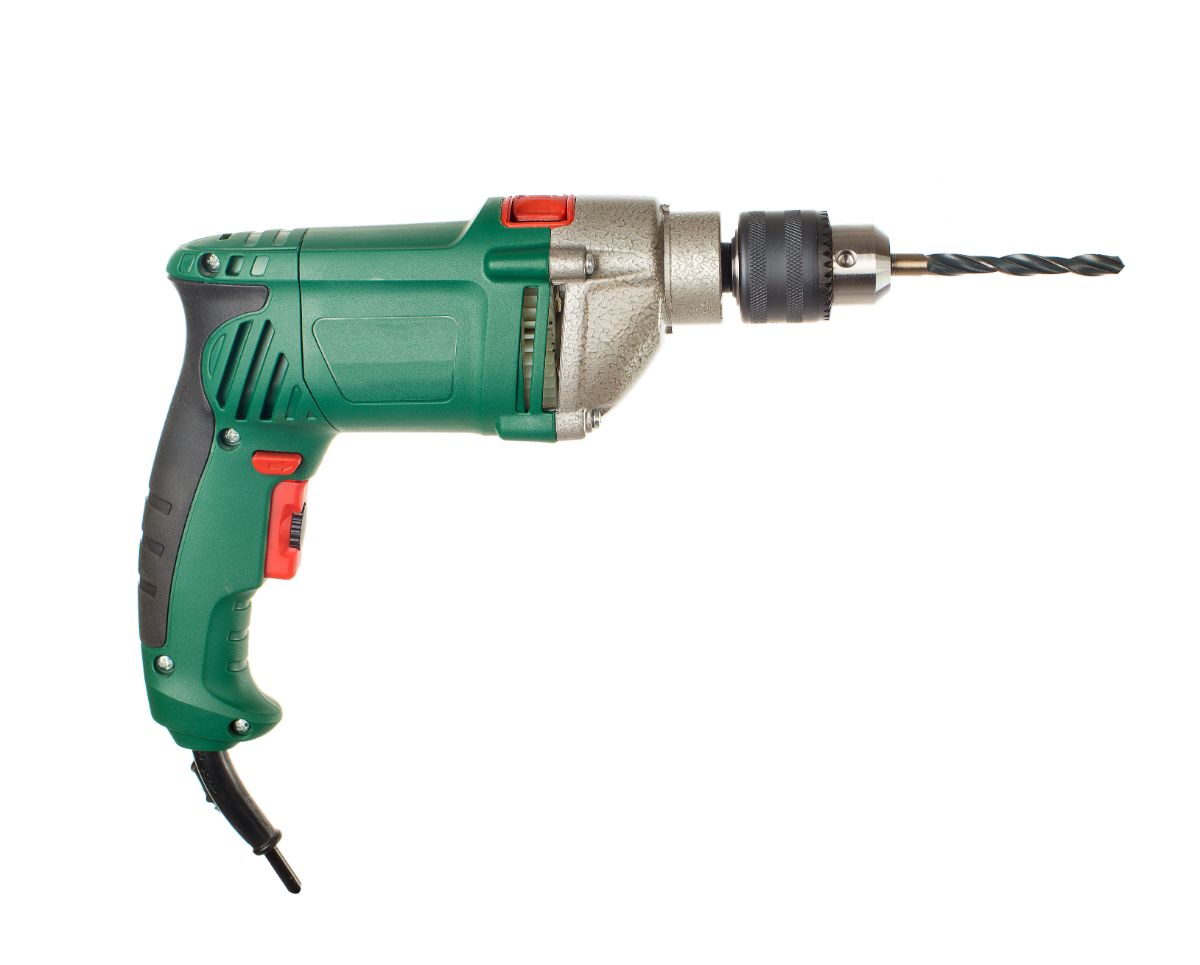
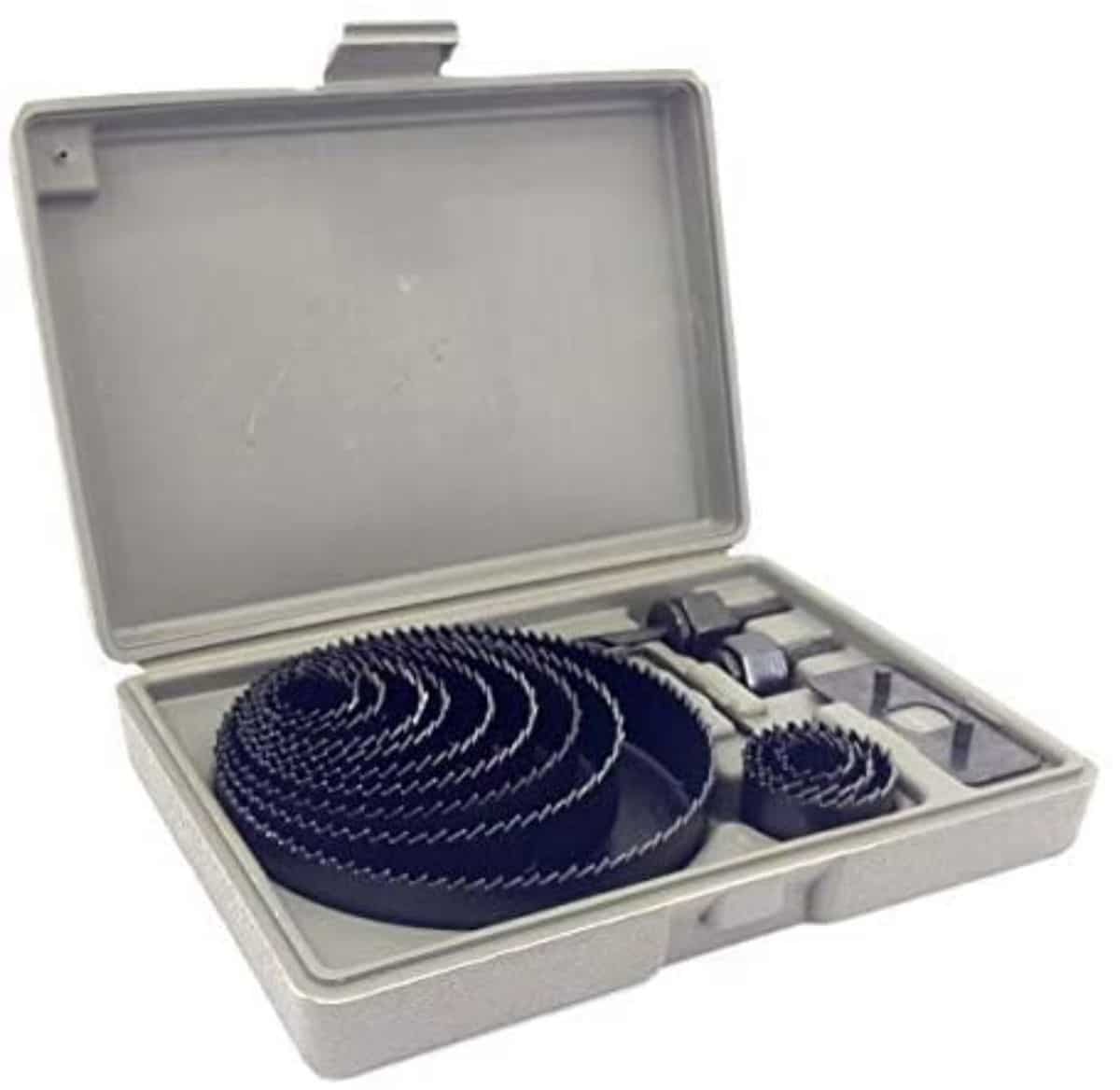
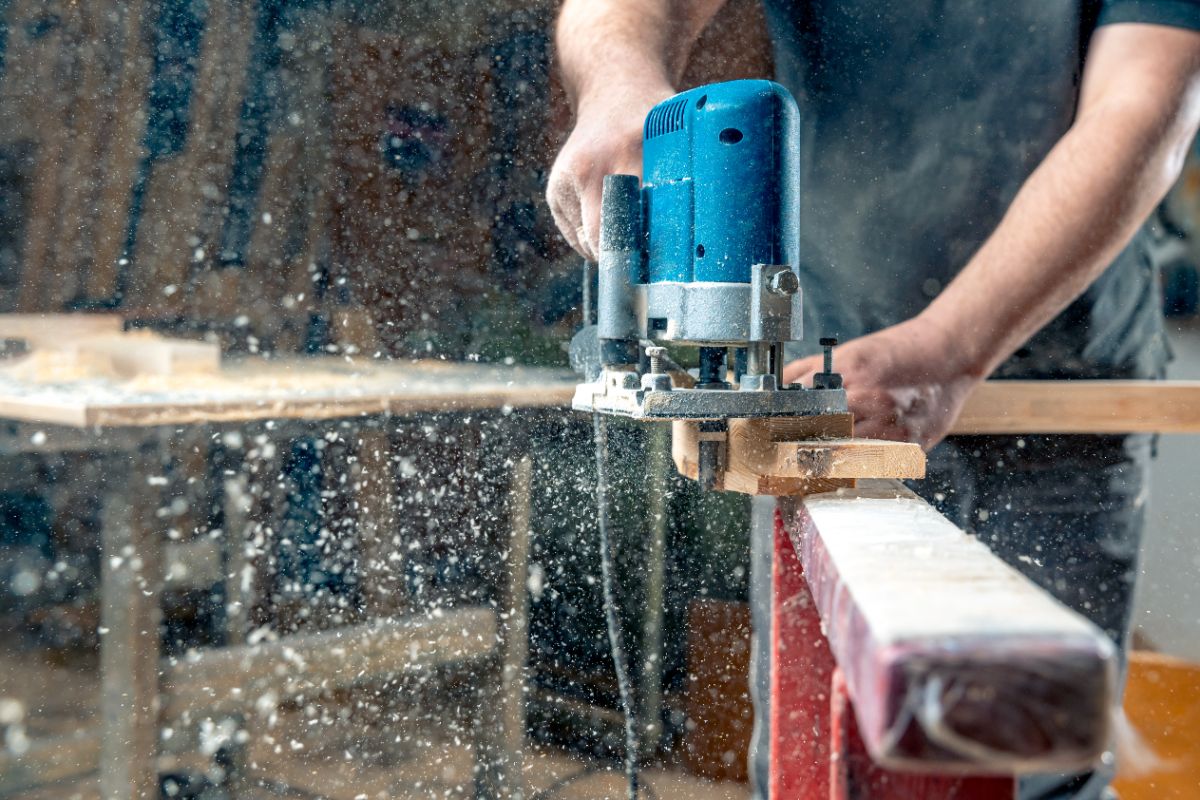
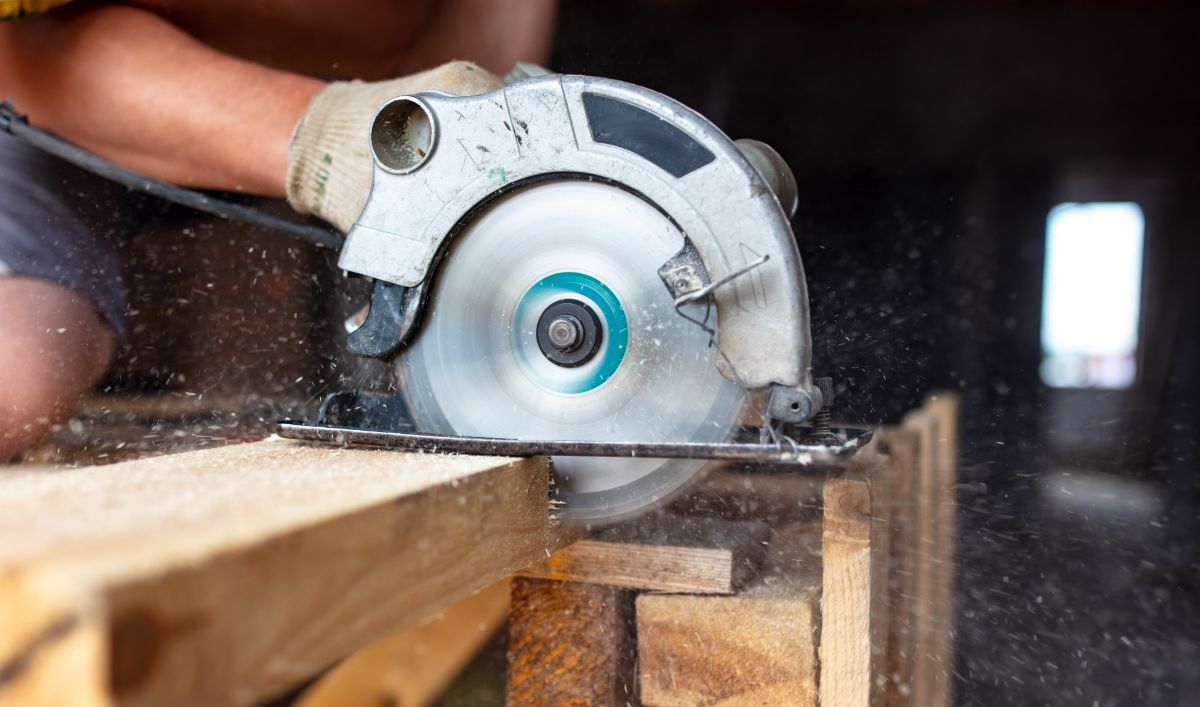
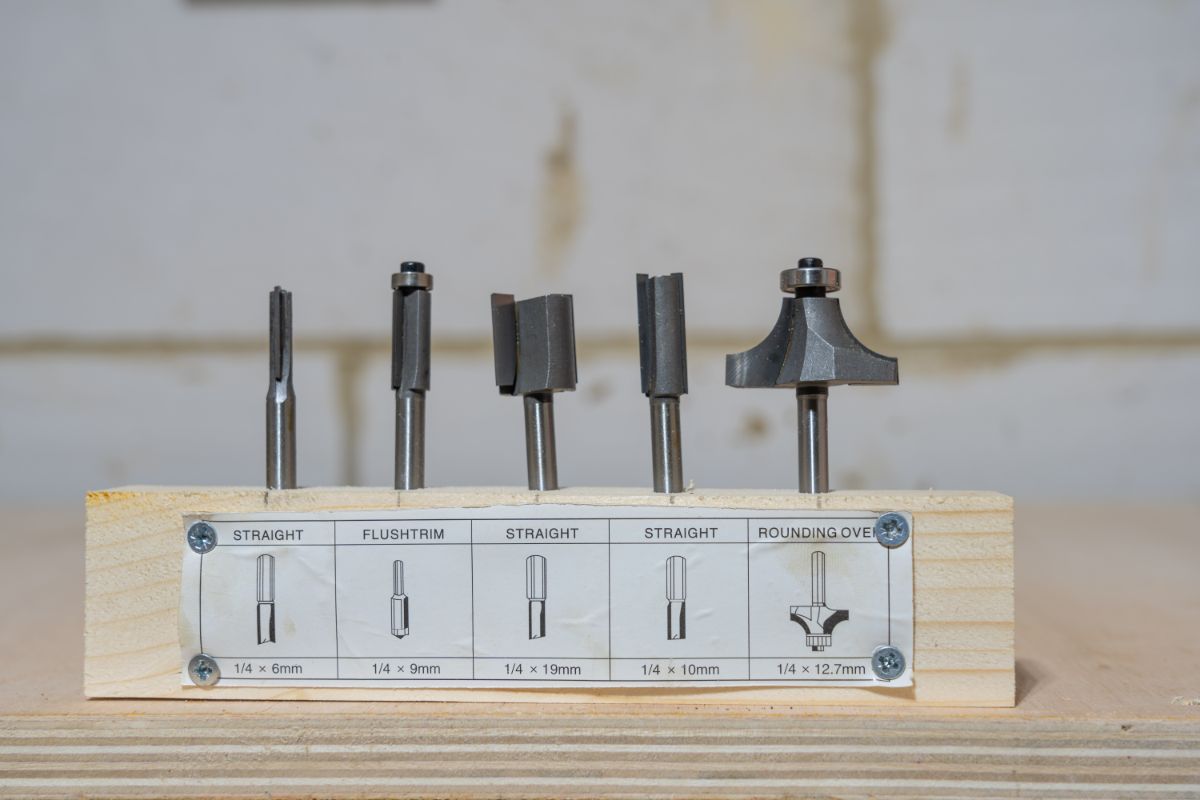
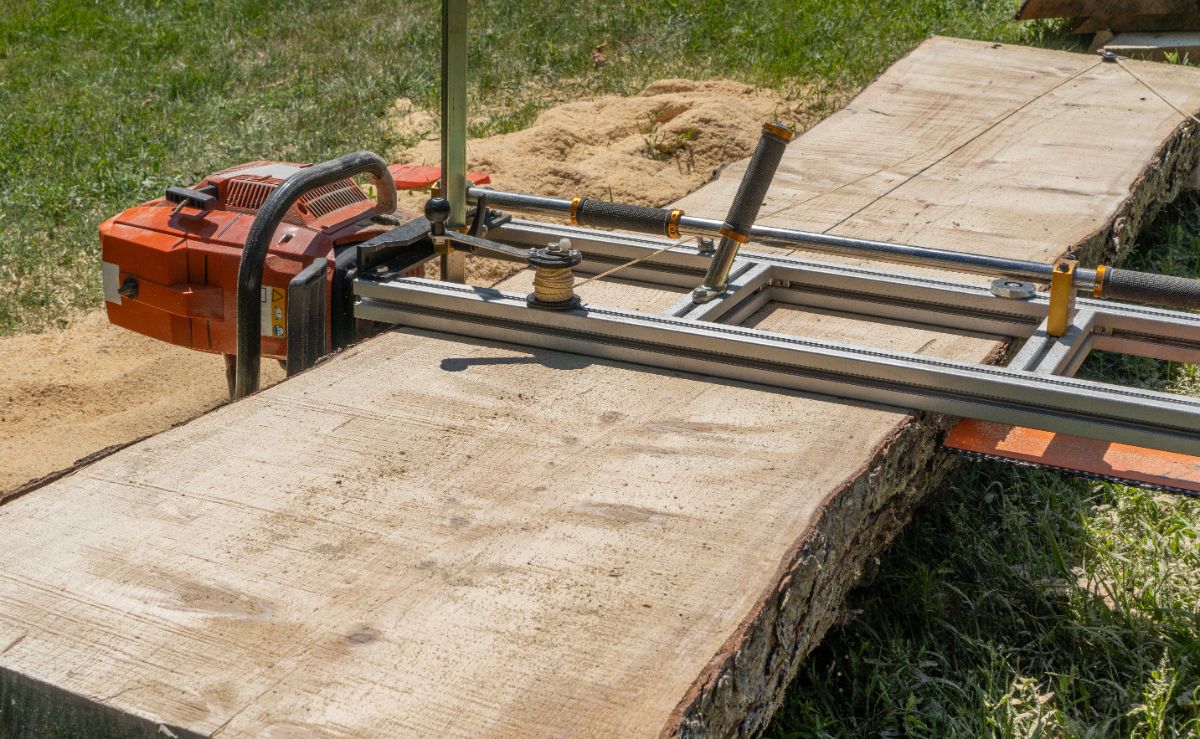
Leave a Reply